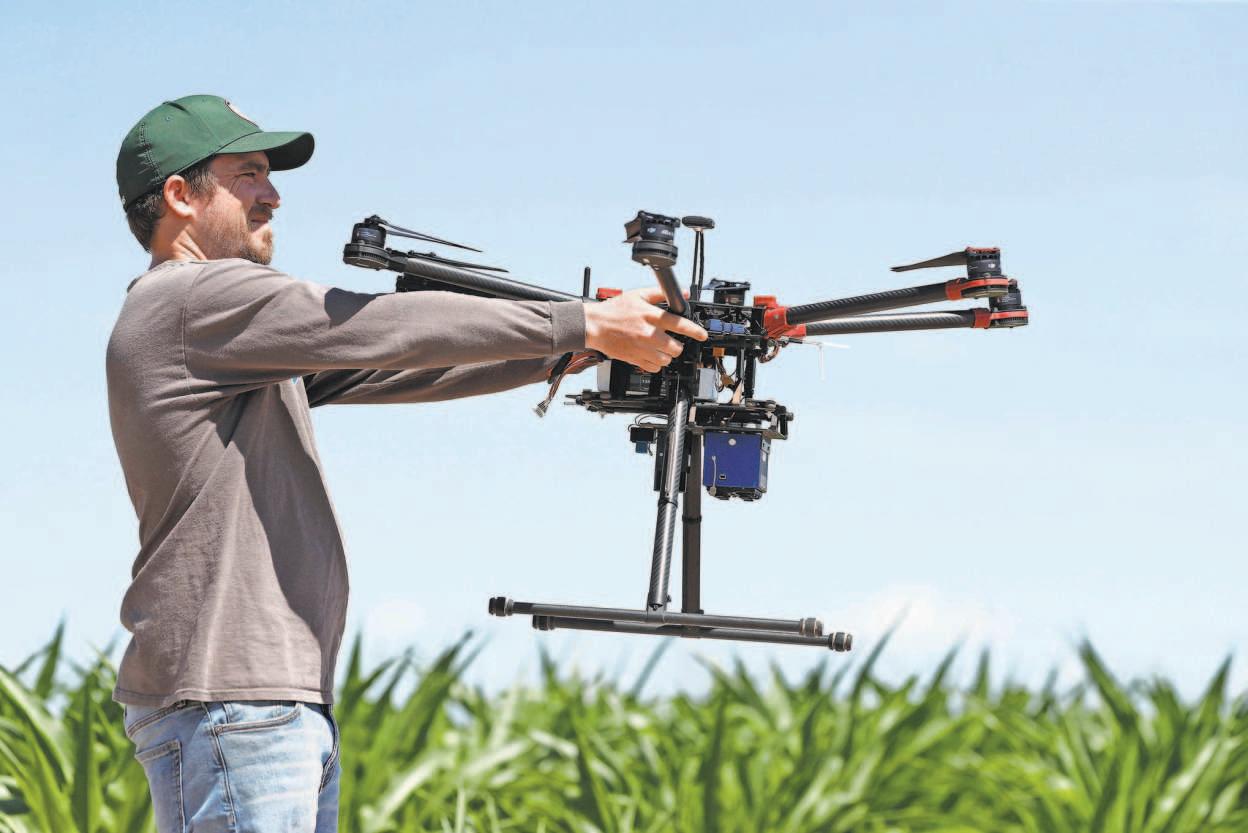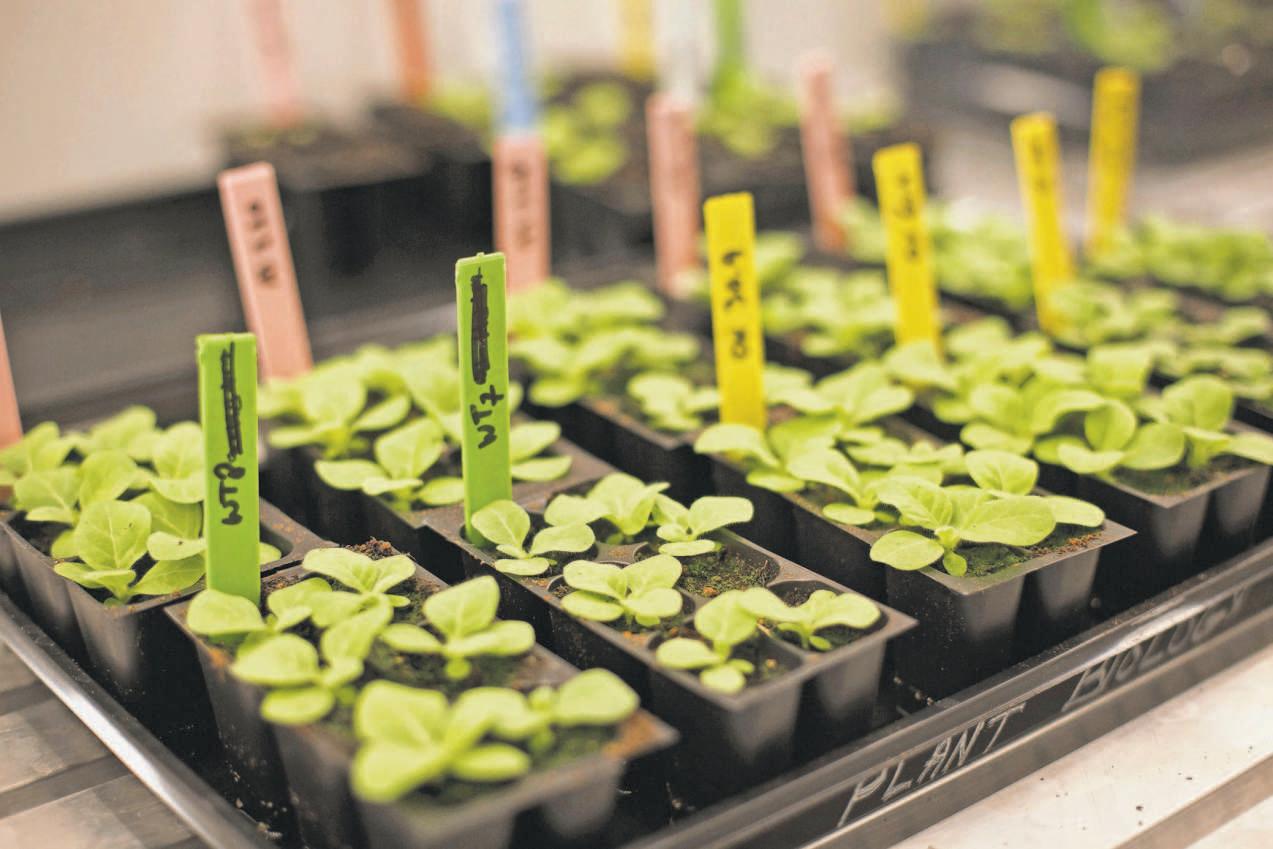
4 minute read
CONNECT FOR SUCCESS
EDUCATION
Cooperative extensions support farmers, educate communities
Advertisement
By Amy Sinatra Ayres
WHEN THE COOPERATIVE EXTENSION System became a part of land-grant university programming more than 100 years ago, it served as a way to deliver new developments in science and technology from academic institutions to the farmers who needed it.
Today, it’s still bringing practical information to farmers, but it also helps teach science, technology, engineering and math (STEM) to children through 4-H clubs and addresses community food security and nutrition challenges. And the extension representatives embedded in communities inform the universities about obstacles local farmers are facing. There are extension offices in or near most of the 3,000 counties across the nation.
While some large corporations might have in-house research and training departments, the federal government, in coordination with state and local jurisdictions, stepped in to fill this role in agriculture. “Agriculture was different because it was millions of independent farmers around the country that we’re coordinating in that way,” said J. Scott Angle, director of the USDA’s National Institute of Food and Agriculture (NIFA) . “We needed something like this as a way to get (farmers) the information, get them the solutions they need through research and then deliver that information through the extension service.”
Many of the extension systems are based at agricultural colleges but have reach throughout the states where they’re located. The University of Georgia Extension, for example, seeks to “foster a healthy and prosperous Georgia” in all of the state’s 159 counties — from the urban areas of Atlanta to the row crop producers further south, said Laura Perry Johnson, the university’s associate dean for extension.
One important part of this extension is that it delivers 4-H youth programming primarily in schools during instructional time to more than 238,000 students, Johnson said. The content is specific to the area where the school is located. “These days, school systems are asking for a lot of programming in science-related topics, STEM education,” she said. “We also do things like financial literacy and health and wellness programming … embedded in all of those subject matter areas are things like public speaking,


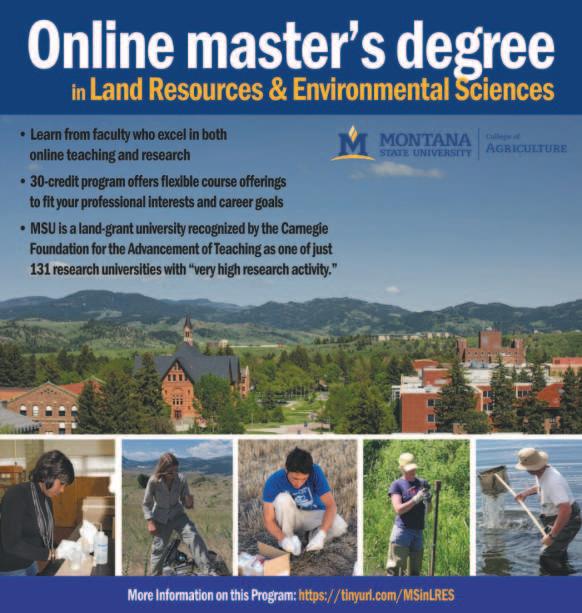

EDUCATION
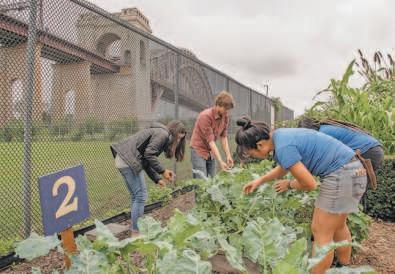
R.J. ANDERSON/CORNELL COOPERATIVE EXTENSION

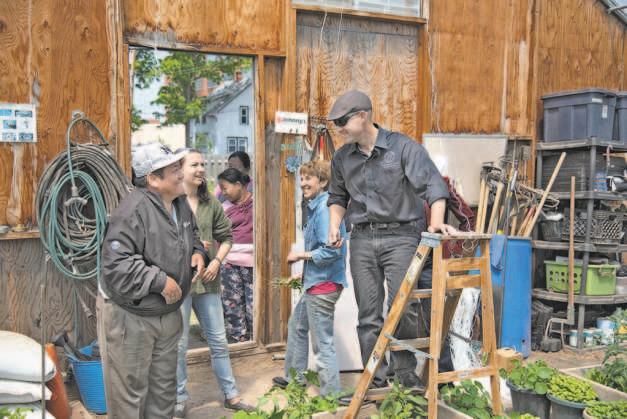
The Cornell Cooperative Extension in New York teaches kids about healthy eating habits through educational outreach, 4-H clubs and urban farming programs.
citizenship, leadership.”
The extension is also working to bring farmers solutions to far-reaching issues including irrigation and water conservation, environmentally conscious pesticide application, access to healthy foods in rural communities and nutrition and wellness, Johnson said.
“When you really boil it down, what we do is try to solve problems at the most local level,” she said. The extension program at Indiana’s Purdue University also has many functions, including offering 4-H programming with a focus on STEM. “Those are the skills that when we talk to employers, they’re always talking about,” said Jason Henderson, the extension’s director. “Whether it’s robotics, it’s computer coding, it’s data management and analysis and manipulation — all of those skills are in really high demand. What we’re trying to do is introduce these skills and technology to youth to get them engaged and interested in it.”
The Purdue Extension has also implemented farmers markets in food deserts and engaged local children in volunteering and education programming, which has led to additional 4-H clubs.
The Cornell Cooperative Extension in New York is linking farms directly to schools to help supply healthy lunches and provide programming to teach kids about better eating habits. “These days, school systems are asking for a lot of programming in sciencerelated topics, STEM education.” — LAURA PERRY JOHNSON, associate dean for extension, University of Georgia The extension also has a large urban focus in New York City, including 4-H programs to foster STEM skills and special projects such as Juntos , a national 4-H initiative to engage Latino middle school students and their parents, said Jennifer Tiffany, executive director of Cornell Cooperative Extension. It also has a long history of seeding the development of community gardens for new farmers, she said.
Meanwhile, extensions across the country have recognized the stress on farmers and the resulting mental health challenges. They’re partnering with experts to bring resources to farmers who need them.
“It’s a tough time in rural America right now,” Angle said. “Prices have been down. We’ve had a lot of climatic problems, whether it’s a drought or fires. There are all kinds of things that have caused this last year to be particularly difficult for farmers. ... They don’t like to ask for help. That’s not part of heir culture.”
NIFA has funded several counseling centers nationwide that will be part of an extension or have a strong extension component to them, Angle said, and they’ll be run by people who are part of the communities. “They know the farmers. They know what the stresses are. They know what people are going through when times are tough,” he said. The extension system is built to provide support for farming communities to succeed, explained Henderson, likening it to creating an ecosystem where good crops can grow. “You have to have the right infrastructure around; you have to have the right people, the right educational systems, the right health. For us it’s about how do we work with our partners within our community to strengthen that ecosystem, to allow people and businesses and farms to thrive.”








